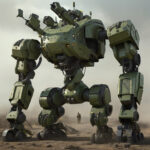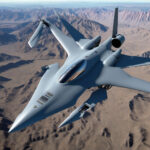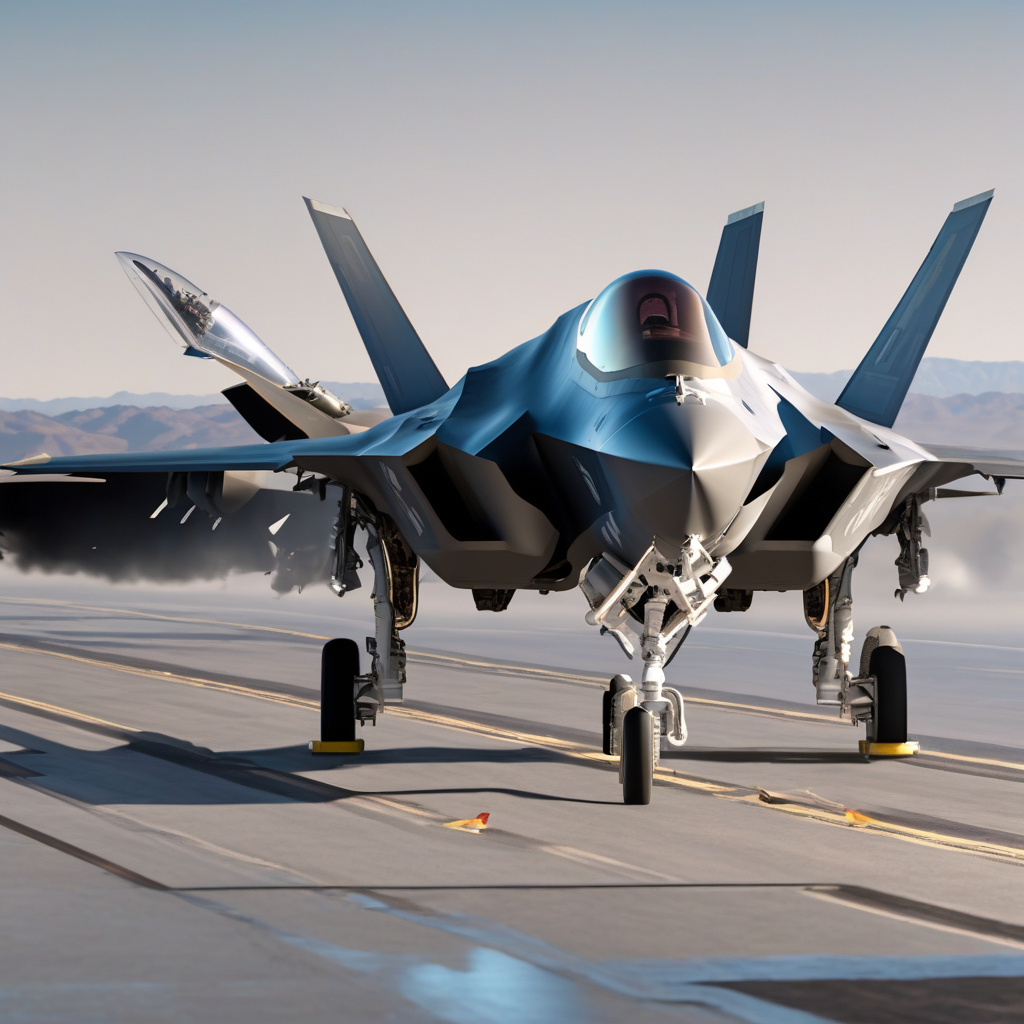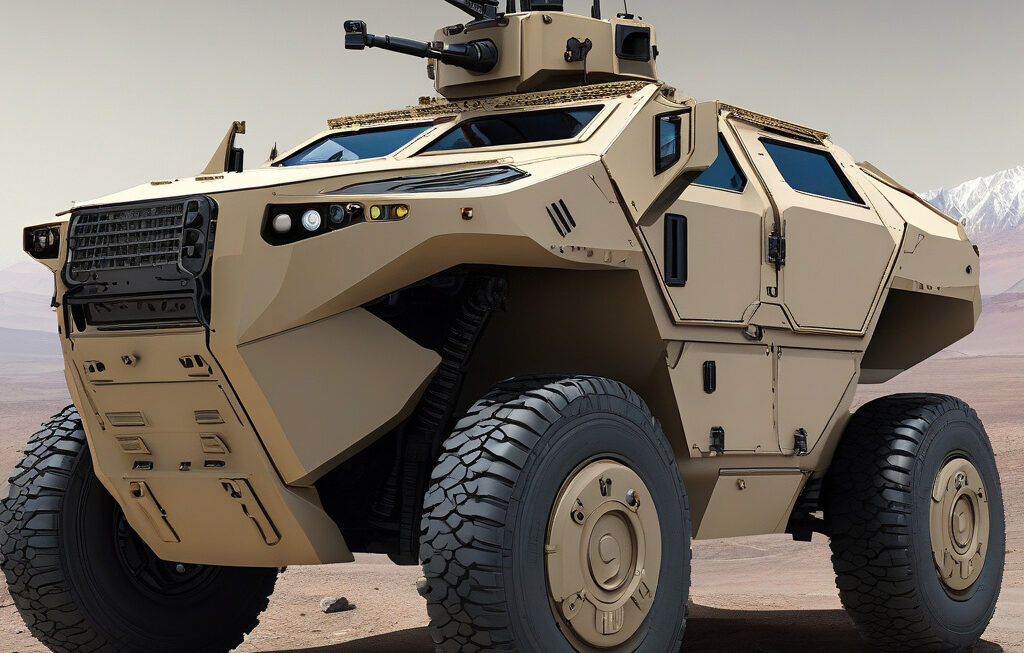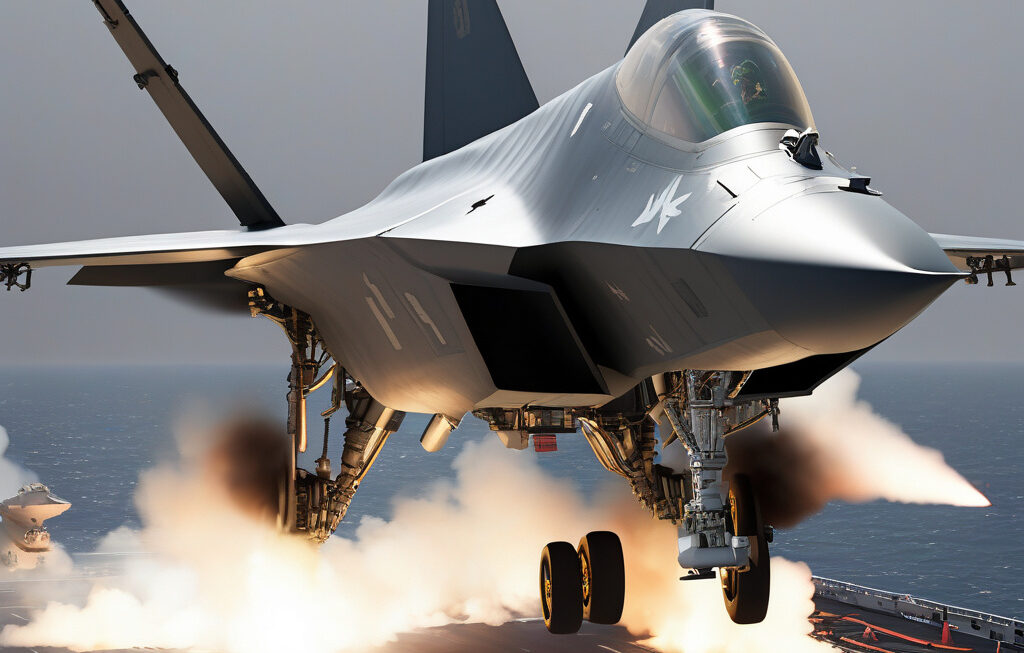New System Could Make US Air Force Planes’ Takeoff, Landing, All Operations Autonomous
An advanced system designed by a Californian firm is soon to be tested by the US Air Force, paving the way for autonomous takeoff, landing, and overall operations of military aircraft. This groundbreaking technology marks a significant leap forward in the realm of aviation and military innovation.
The system, developed by a team of engineers at a Silicon Valley-based company, utilizes cutting-edge artificial intelligence algorithms and sensor fusion technology to enable aircraft to operate independently, without the need for direct human intervention. By combining data from radar, lidar, cameras, and other sensors, the system can make real-time decisions to ensure safe and efficient flight operations.
One of the key benefits of this autonomous system is its ability to enhance the safety and reliability of Air Force missions. By reducing the potential for human error and fatigue, the technology can significantly lower the risk of accidents and improve overall mission success rates. Additionally, the system’s advanced capabilities enable aircraft to adapt to changing environmental conditions and threats more effectively than traditional piloted operations.
Moreover, the implementation of autonomous systems in Air Force aircraft could lead to increased operational efficiency and cost savings. By streamlining takeoff and landing procedures, optimizing flight paths, and reducing maintenance downtime, the technology has the potential to revolutionize the way military aviation is conducted. This, in turn, could free up valuable resources and personnel for other critical tasks and missions.
While the prospect of autonomous military aircraft may raise concerns about job displacement and ethical implications, proponents argue that these systems can complement, rather than replace, human pilots. By offloading repetitive or dangerous tasks to autonomous systems, pilots can focus on higher-level decision-making and mission-critical activities, ultimately enhancing overall operational effectiveness.
As the US Air Force prepares to test this new autonomous system, the aviation industry as a whole is keeping a close eye on the potential implications for commercial and civilian aviation. While the technology is currently slated for military use, its successful implementation could pave the way for broader applications in commercial airlines, emergency services, and unmanned aerial vehicles.
In conclusion, the development of an autonomous system for US Air Force planes represents a significant milestone in the evolution of aviation technology. By harnessing the power of artificial intelligence and sensor fusion, this groundbreaking technology has the potential to revolutionize the way military aircraft operate, leading to safer, more efficient, and more cost-effective missions.
autonomous systems, military innovation, aviation technology, US Air Force, artificial intelligence
